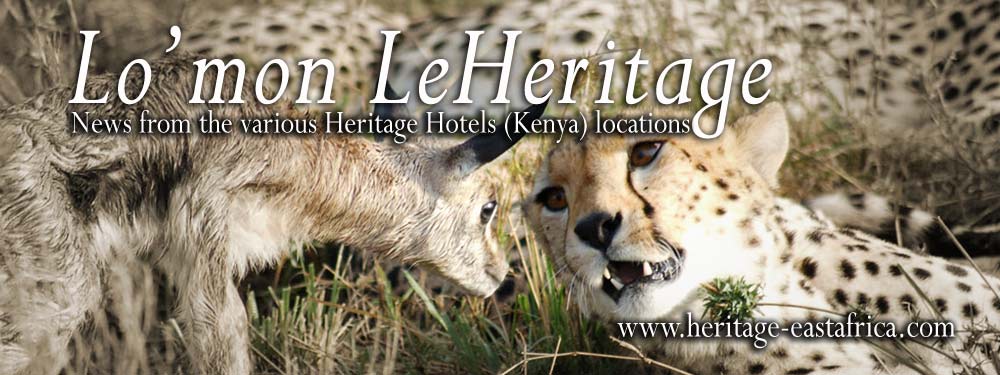
After another lively migration season, the majority of the wildebeest herds have finally left the Mara for the Serengeti. After a busy week at the Paradise crossing point, only a few isolated herds are still 'residing' on the Kenyan side of the border - principally in the Musiara area and the area outside the park to the north. But by next week, these last few herds should also have joined their brethren back in Tanzania.
Looking around the now barren Mara plains, it's easy to understand why most of the wildebeest have left. The combination of a dry spell and overgrazing has played a key role in the continuous southern movement of the herds over the past three weeks. The wildebeest will now be away until June-July next year, when they will be drawn back north by the Mara's rich pastures, transformed into a sea of grass after the long rains of April-May.
From now on, the Mara's predators will have to devise smarter methods of hunting for those grazers that remain in the reserve. At times they will go for longer periods between meals - another natural 'selection process' that will help to ensure that only the stronger animals survive.
Predators
The Mara cats have been having their last easy meals before the migration moves south. Many skeletons still lie across the plains as evidence of the big feasts enjoyed in the last 'season of plenty'. From now on, the lion prides will have to become increasingly mobile in their search for food - particularly those prides with new cubs. Some prides may go to the extent of splitting up to ensure there is more food to go around.
Over the past two weeks, the Ridge Pride has been roaming between the southern base of Rhino Ridge, Mara Intrepids, and the Double Crossing area. They have made some very successful if not easy kills while the wildebeest were all over their territory.
Bella, our female leopard star, is still around and continues to patrol her usual territory along the Talek River. She also took the opportunity when the migration was moving through her territory to capture a few young wildebeest, whose carcasses can still be seen in trees along the river.
Several guests have reported sightings of a cheetah with two cubs between Mara Intrepids and the Paradise Plains. She has been seen catching young gazelle fawns and letting her cubs use them for 'hunting practice'. Cheetah sightings have generally been excellent during this past season.
Wishing you all happy (visual) hunting from Heritage Hotels!
Paul Kirui, Lead Safari Guide, Heritage Hotels.
6-11-07%20Map%20Issue%206.jpg






